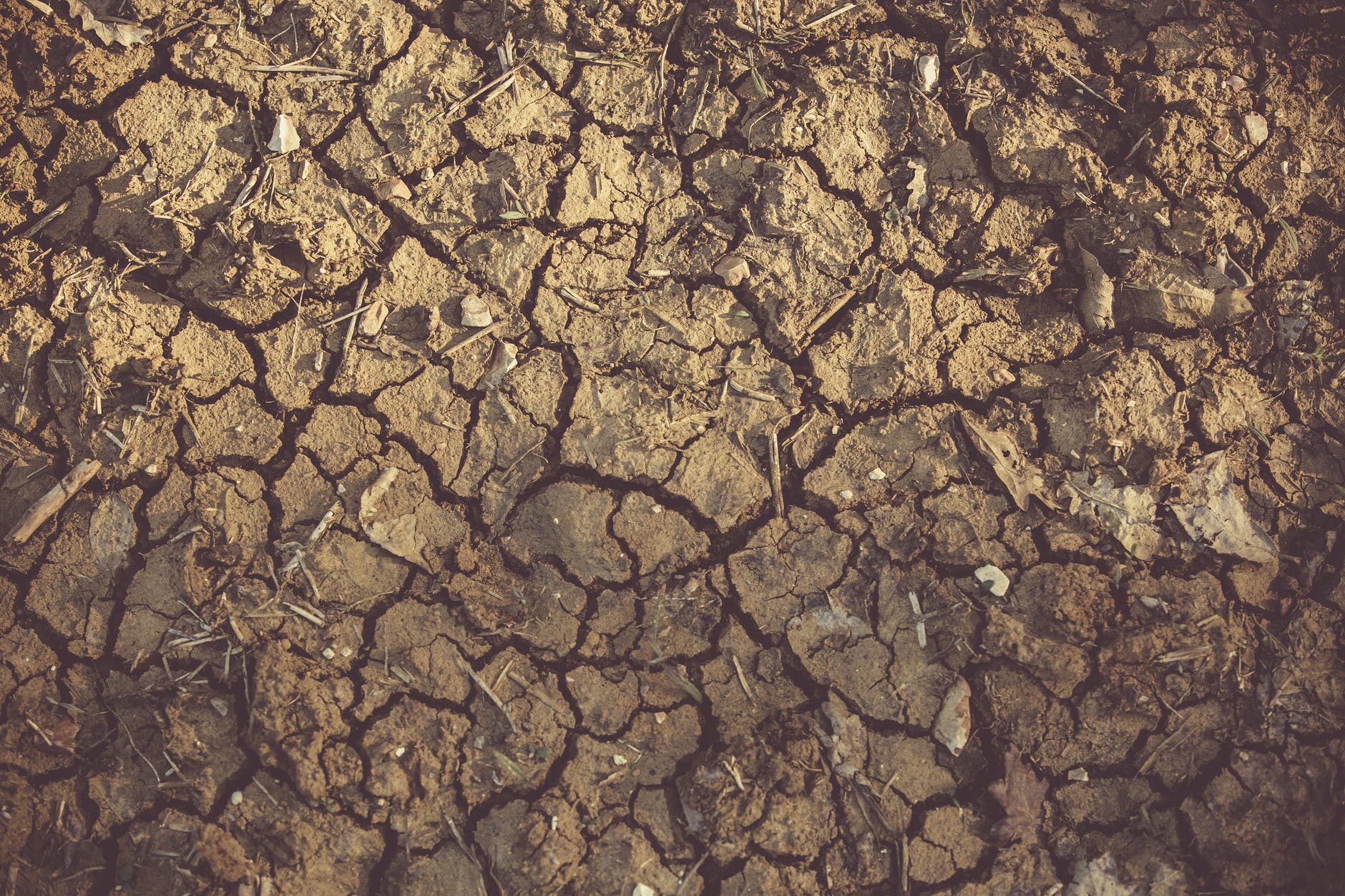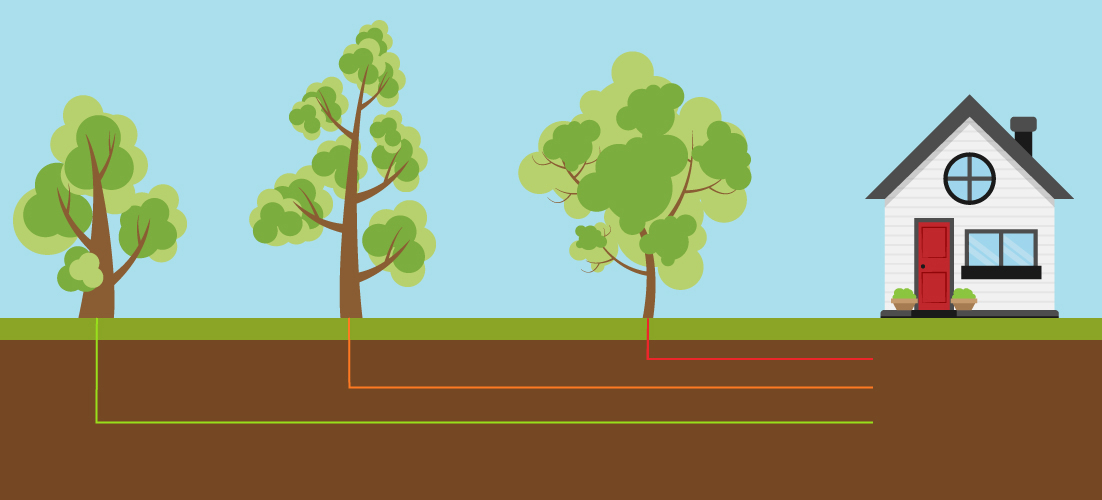CET UK has partnered with Arc Legal Group (Arc Legal), part of the AmTrust Financial Group, a leading provider of Legal Expenses Insurance and Assistance products
What Causes Subsidence?
The predominant cause of subsidence in the UK is soil shrinkage; accounting for approximately 75% of all subsidence claims.

Soil Shrinkage
Soils are classified as either cohesive (shrink/swell) or non-cohesive. Cohesive soils, such as clay and silt, vary in their capacity to change volume when wet or dry. As a result, they expand (swell) when wet and contract (shrink) when dry.
Clay is particularly prone to shrink/swell and is found extensively across England and Wales.
Non-cohesive soils, such as sand and gravel do not exhibit volumetric change. The fine particles in their composition are, however, susceptible to being washed away if subjected to water flow.
In certain areas of the country (Hertfordshire, Kent and Sussex) the soil is predominantly chalk and limestone. This can be dissolved over time by running water to create caves. These can sometimes collapse, causing the ground to fall and create what is known as a sink hole, or swallow hole.
Organic soils, such as peat, can naturally decompose due to oxidisation, which can lead to a reduction in volume. Oxidisation occurs when the organic material is exposed to the air – usually when the water table falls.
Common Triggers
Trees and Vegetation
The main cause of subsidence movement in the UK is the influence of tree roots in clay soil. Over 60% of all subsidence claims are triggered by trees.
Tree roots absorb water for photosynthesis and moisture evaporates from the leaves through transpiration. The active period is predominantly in spring and early summer, when, tree growth is at its maximum.
With larger trees in shrinkable clay soil the tree can extract sufficient moisture to cause soil shrinkage, which may lead to subsidence.
Tree species vary considerably in their ability to cause clay soil shrinkage, with a mature deciduous tree capable of using more than 50,000 litres of water a year.
Each species of tree has a zone of influence – the area from which it absorbs water. The Association of British Insurers (ABI) has produced a guide for tree types and their recommended distance from a property. As a rule of thumb, the radius of a tree’s zone of influence is roughly the same as its height.

Leaking Drains and Pipes
Leaking drains and pipes are the second highest cause of house subsidence; accounting for about 15-20% of subsidence incidents. There are two ways in which a leaking drain or water main can cause subsidence:
Softening the ground and its load bearing capacity, resulting in the downward movement of the foundations
Washing away fine particles in a non-cohesive soil, reducing the volume of the soil
It is rare for a drain to have its joints forced open by a tree root. More commonly, a tree root will grow into an open joint or cracked pipe, causing additional damage and worsening the leak.
Drains are usually laid relatively shallow in the ground and the trenches are filled with excavated materials. As the drain trench acts like a sump and draws in ground water, the trench can erode over time leading to consolidation in the fill and movement of the adjacent ground towards the trench.

Read All About Us
Click below for the latest updates from around our business
CET holds extended leadership day at Walsall Head Office
CET hosted a Leadership Day where the extended leadership population all gathered onsite at the Walsall head office for a business update, recap of the year so far
CET hosts annual Contractor Conference at Worcester Bosch HQ
The annual CET Contractor Conference took place last month at Worcester Bosch HQ, hosting 100 contractors from the CET network. 🤝 The conference included a
